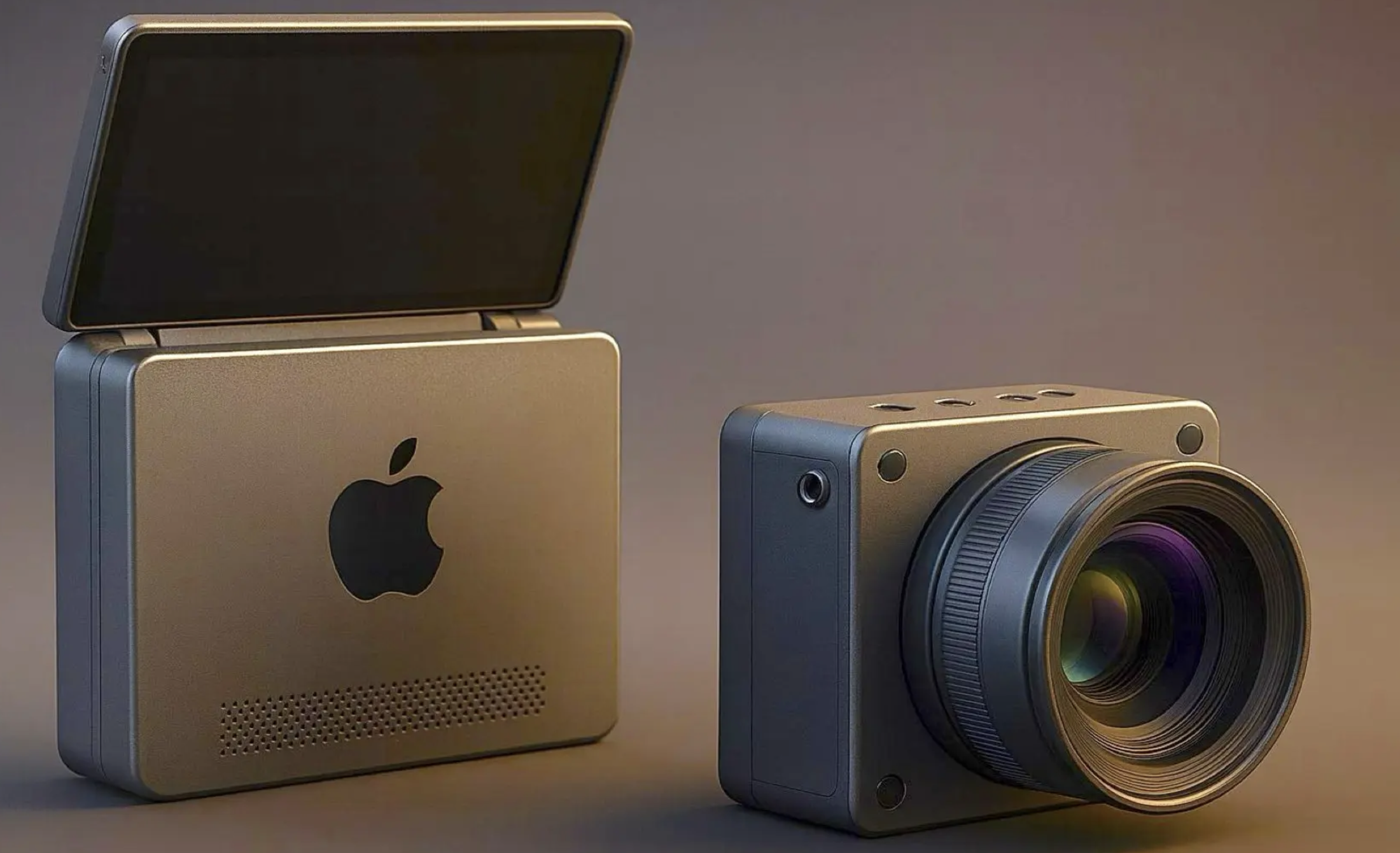Google I/O (or simply I/O) is an annual developer conference held by Google in Mountain View, California with the name “I/O” is taken from the number googol, with the “I” representing the “1” in googol and the “O” representing the first “0” in the number.

The remarkable news from the keynote as they were announced, all in an easy-to-digest, easy-to-skim list include google Maps, Magic Editor and Magic Compose, PaLM2, Bard, Workspace, MusicLM, Search, Sidekick, Codey, Google Cloud, Imagen in Vertex, Find my Device, Pixel 7a, Wear OS4, Universal Transalator, Pixel Tablet, Pixel Fold, Firebase, Health Connect, Project Starline etc.
Google’s “Help Me Visualize”
In addition to all these marvellous features, a new artificial intelligence (AI)-powered feature has been rolled out by Google to the Google Slides, which is called ‘Help Me Visualize’.
This feature allows users to generate backgrounds and images for their Google Slides presentation projects.
To start using the feature, look for a ‘Help me visualize’ side panel in Slides where you can enter a prompt. Do note that the feature is rolling out gradually to users on desktop. It may not be available for every user right now.
How to Utilize the New AI-Powered Functionality on Slides?
To begin, you need to register for Google Workspace Labs and agree to the terms and conditions. On Google Slides, utilize the “Help me visualize” prompt to generate images using artificial intelligence. For instance, you can request Google Slides to create an image depicting a picnic or an abstract painting.
Once you input the prompt, you have the option to select from six distinct rendering styles: Photography, Clip Art, Background, Flat lay, and Illustration.
Meanwhile, Google has commenced the rollout of viewer mode in Google Meet. Viewers are individuals attending a meeting who are unable to share their audio or video during the session. Attendees leading, presenting, or moderating a meeting can be designated as co-hosts and contributors.
When employing Google Meet for large meetings like webinars or town halls, designating participants as “viewers” aids in reducing potential distractions, such as audio disruptions. Furthermore, it helps maintain the attendees’ focus on the speaker and meeting content.
According to an update on the Google Workspace blog post, viewers will have access to Meet features such as Q&As and polls. However, viewers will not be able to utilize the in-meeting chat or emoji reactions at present; support for these features for viewers will be introduced in the future.













